What Are Butt Kicks?
Butt kick exercises are a dynamic movement where you jog or run in place, lifting your heels up toward your glutes with each step. Butt kicks are a workout for your hamstrings and glutes. Your core muscles also assist as secondary muscles to help you balance. In many sports, like soccer and distance running, athletes use butt kicks as part of a warm-up, to increase their heart rates before an event. This exercise helps to improve coordination and get the muscles of your lower body ready for more vigorous exercise. Butt kicks are also a good way to make your quadriceps (quads) and hip flexors more flexible. This is why they’re a great tool for runners or other athletes looking to improve speed and agility in their respective sports.
How-to
- Stand up straight with your feet hip-width apart and arms at your sides.
- Flex one knee and kick your heel up towards the glutes.
- Switch legs and repeat on the other side as your flexed leg comes down. Swing your arms as though you’re jogging.
Muscle Worked
Primary Muscle Groups


Glutes
The glutes help you extend your thighs from the hips and drive you forward.

Hamstrings
The hamstrings flex your knees and extend and rotate your hips

Quads
"Quads" refers to your quadriceps femoris muscles which flex your leg from the hip joint and extend your leg from the knee joint.Secondary Muscle Groups


Calves
The calves are the muscles at the back of the lower part of your legsPro Tips
- Brace Your Core: Draw your attention to your core throughout this movement and try to keep it activated. Since you’re shifting from foot to foot, it can be easy to trip or lose your balance while doing butt kicks. An engaged core will help you prevent this, as well as too much swaying or leaning forward. That way, you stay upright and get a more effective workout. When your core remains stable, more of the movement is focused on your lower body.
- Knees Forward: While you want to focus mostly on bringing your heels to your glutes, add a slight forward knee drive to each kick. This helps you control your movement better. It also lets your hips engage more effectively and helps you keep rhythm. An even rhythm or pace is good to use here, since it will help keep your heart rate and breathing regulated so you can do the exercise for longer.
Benefits
- Better Cardiovascular Health: Butt kicks are a solid cardiovascular fitness too. They’re a great way to increase your heart rate, improving your cardiovascular endurance and total calorie burn. If you have poor heart health or body fat to lose, butt kicks can feel like a simpler way to feel the burn without committing to a long run or more challenging activities. By working simple cardio into your warm-ups, it feels easier and less daunting. Adding butt kicks to your workout routine can boost your stamina over time.
- Lower Body Strength: This exercise works your hamstrings, glutes, and calves for a total lower body workout along with cardio. Butt kicks build up your strength and endurance throughout these posterior chain muscle groups. There are a load of benefits you can get from strong hamstrings and glutes like knee stability and hip joint health. Especially in older populations, these joints can be problem areas, so it’s a good idea to be proactive about keeping your lower body muscles healthy.
Warm Up & Cool Down
Warm Up
- Jog in place and lift your knees toward your chest to boost your heart rate and activate your hip flexors, quads, and core. Try to do this for at least 30 seconds, quickly, trying to get your knees all the way up. You can also do this in intervals with short pauses in between or alternate between high knees and butt kicks.
- Hold onto a wall and swing one leg forward and backward, loosening up your hips, hamstrings, and glutes. Keep swinging for at least 20 seconds, then switch legs.
- Alternate pulling each foot toward your glute behind you, stretching your quads, and getting your leg muscles ready for the kicking motion you make in a butt kick.
Cool Down
- Stick one leg out in front of you, hinge from your hips, and reach forward to try and touch your toes, stretching out your hamstrings. Hold for at least a few seconds, then switch sides.
- Stand on one leg and pull your opposite foot toward your glute. Hold here to release tension in your quads and stabilize your balance.
- With one foot, step into a lunge position. Drive your hips forward and curl your tailbone under you slightly so your back doesn’t bow out. Hold this stretch to release tension from your hip flexors, which engage during butt kicks.
FAQ


Get fit with Flex
Build muscle & lose weight fast for free.
Available on iPhone + Apple Watch


